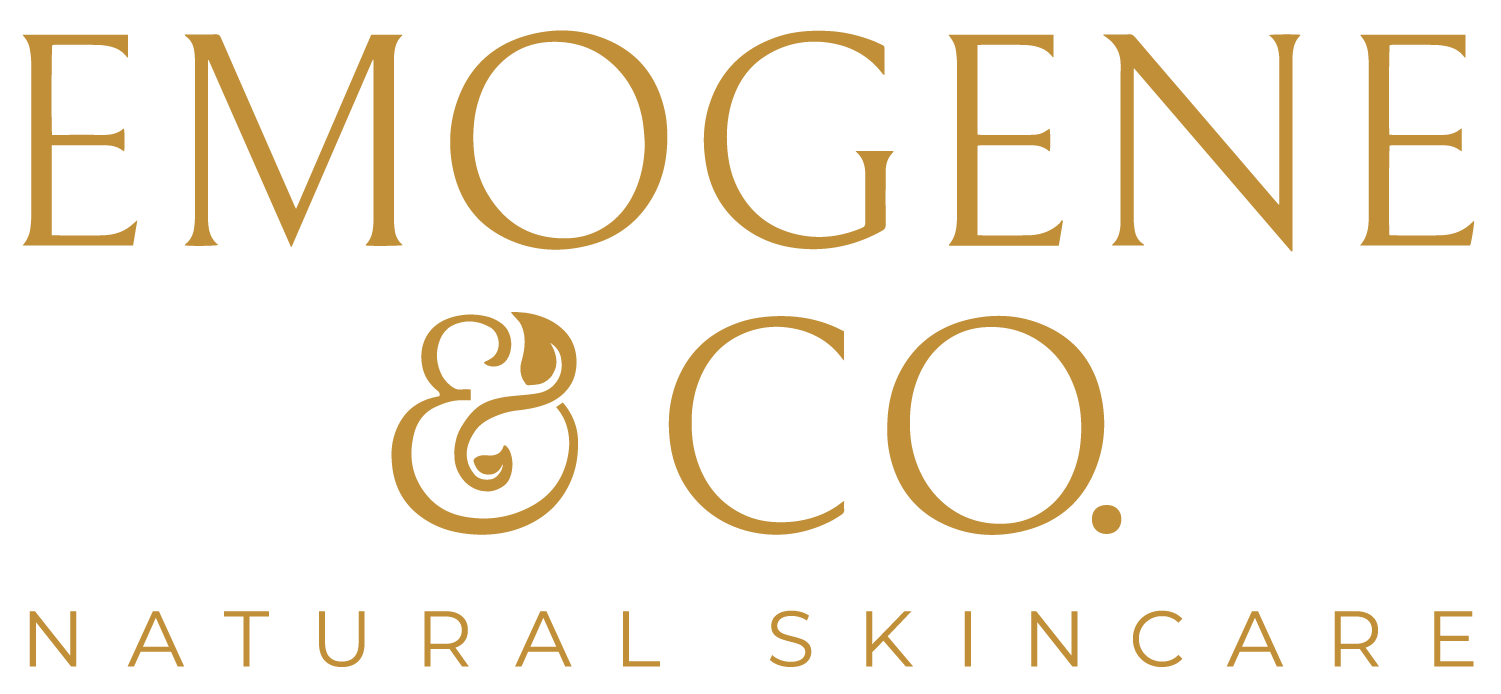Scars are one of the biggest skin concerns I hear about from customers and friends, and when it comes to healing scars, I believe that familiarity with the healing process is crucial to helping you care for and treat your skin.
Our skin is not only our largest organ, but it is also one of our most complex organs. It's made up of three main layers: the epidermis, the dermis, and the hypodermis.

The epidermis is the outer layer of skin that we see, touch, and interact with every day, and its main function is to protect the body from environmental stressors, like pathogens, UV light, and environmental toxins.
Below the epidermis is the dermis, which helps regulate our body temperature and provides nutrients to the epidermis through the important elements contained in the sublayers, including blood vessels, lymph vessels, hair follicles, sebaceous glands, sweat glands, nerve endings, collagen, and elastin.
Lastly, the hypodermis is the deepest layer of skin: fat, nerve endings, hair follicles, and blood vessels provide insulation and shock absorption to prevent damage to muscles and bones.
When our skin is cut, burned, or damaged in some way, it goes through several phases to heal the wound. First, it stops any bleeding and calms inflammation and pain, and then it creates cells and tissue to repair skin damage. With the right nutrients and proper wound protocol to support the natural healing process, it’s possible for your wound to heal with minimal scar tissue.
Healing can be explained generally within four stages, with each phase holding important functions to properly heal a wound with minimal scarring.
- Blood clotting: Immediately after an injury, platelets and fibrin (a fibrous protein) begin to stick together at the site of the injury to form a clot that stops the bleeding and protects the wound from the outside environment. At the same time, inflammatory molecules from the damaged cells trigger blood vessels to narrow (vasoconstriction) to aid in slowing the bleeding. Blood vessels dilate to help a variety of inflammatory and immune cells come to the injured site and start the healing process. The entire clotting process can last for up to three hours.
- Inflammation: While blood clotting occurs, immune and inflammatory cells, known as neutrophils and macrophages, remove debris and bacteria so the healing process can take place. During this period (which usually lasts three to four days), the wound becomes swollen, inflamed, warm, and sometimes painful as part of the process.
- Proliferation: During the proliferation stage, new skin, connective tissue, and blood vessels are formed, and the edges of the wound close. Depending on the size of the wound, this stage can last for 3 to 21 days.
- Remodeling: Fibroblasts, cells that make up connective tissue, secrete collagen protein to restructure the collagen matrix during this stage. Scar tissue develops during this stage, which means this stage contributes the most to how well a scar fades over time.
In order for our skin to function normally and repair itself well after being damaged, it needs both ingestible and topical nutrients. The goal for these modalities is multi-purpose:
- To condition and moisturize the skin while repairing damaged tissue and reducing the appearance of scars.
- To provide antioxidant protection while promoting collagen production.
- To increase wound healing and re-epithelialization, to decrease rates of infection and skin deterioration.
When considering natural options for wound healing and scar minimization, some of my favorite (and most effective) options are:
Topicals:
- Tamanu Oil: improves wound healing, reduces inflammation, and promotes collagen production.
- Arnica: contains anti-inflammatory and pain-relieving properties, and alleviates bruising and eczema.
- Carrot Seed Oil: contains antioxidant, anti-fungal and antibacterial properties that are useful is scar healing.
- Non-Nano Zinc Oxide: increases wound healing and re-epithelialization, and decreases rates of infection and skin deterioration. It also provides critical sun protection to prevent cellular damage and minimize hyperpigmentation of scars.
- Geranium: contains antiseptic, antimicrobial, and antibacterial wound-healing properties which helps to minimize scar visibility.
- Helichrysum: contains an anti-inflammatory substance called arzanol, which acts in wound healing. Antioxidant properties help prevent scarring by regenerating new cells and preventing the accumulation of free radicals.
- Vitamin A: may support the proliferation phase and collagen production during the remodeling phase.
Ingestibles:
- Vitamin C and Zinc are particularly important for wound healing. Vitamin C is involved in all phases of healing, and zinc helps with the inflammation and proliferation phases
A note on Vitamin E: It’s often thought that topical vitamin E is helpful for scars, but there’s little evidence to support this belief. Research, although limited, shows it can be helpful for some and irritate the skin of others.
Wound Care
Lastly, it is important to note that proper wound care is essential for promoting healing and minimizing scar tissue. Clean wounds of bacteria, dirt and/or debris, and then allow your skin to clot. Antiseptics should be used only on intact skin, not on open wounds—they will slow down the healing process by killing proliferation cells. Generally, I recommend avoiding steroid creams and tablets (unless recommended by your doctor) because their anti-inflammatory actions can interfere with the healing process. Keeping the wound covered during healing increases levels of skin hydration, which ultimately helps the healing process by accelerating healing and minimizing scarring.
Have more questions about wound healing? Shoot me an email at info@emogeneandco.com.





2 comments
Kay: yes this is normal! Our scar salve is a firmer product. To use, press firmly while rubbing vigorously to turn into a cream.
I am using the scar salve on my nose after basal cell procedure. The salve is very firm. With dots. Is this normal? I thought it might be softer.